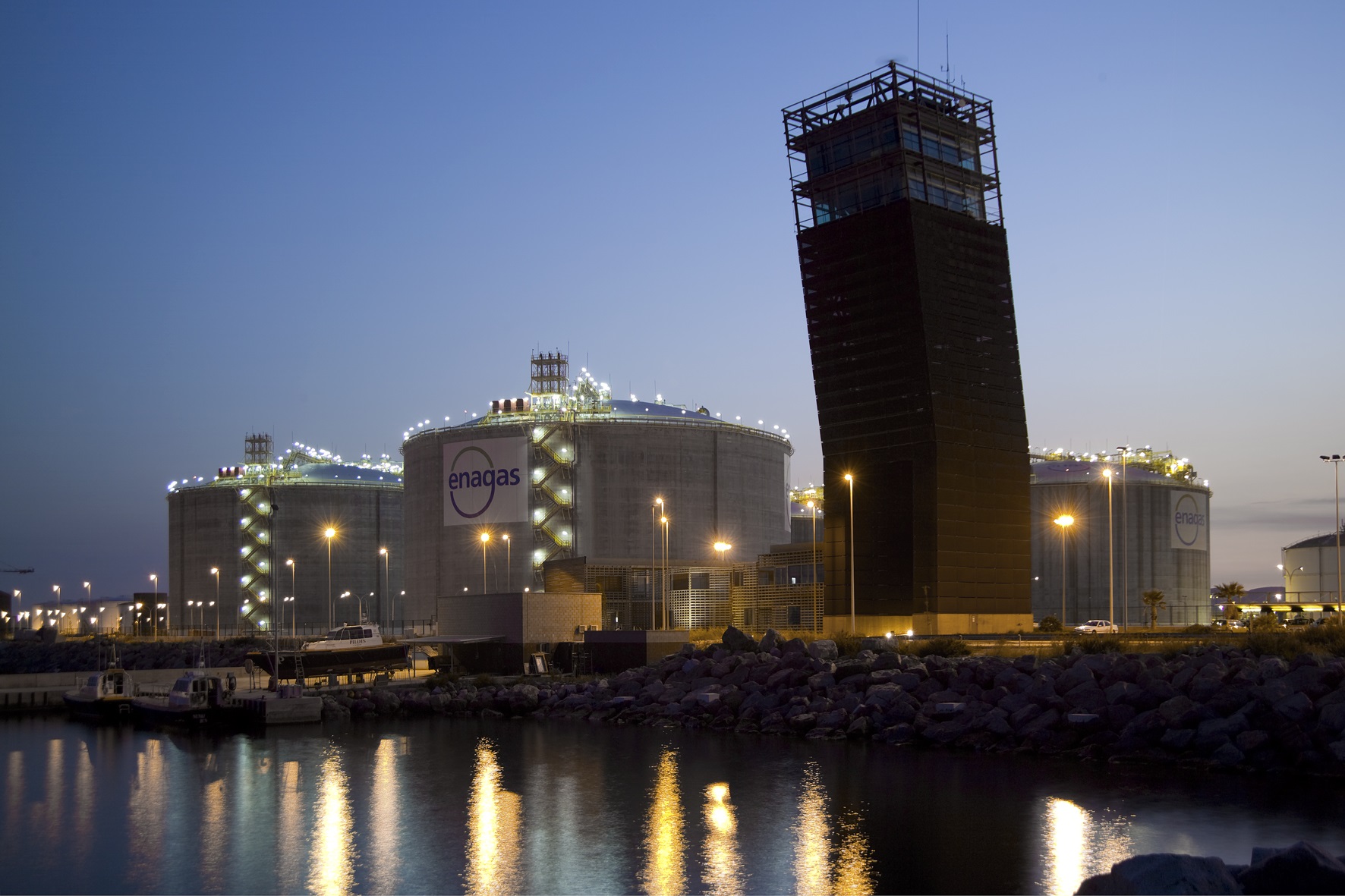Spanish LNG imports dropped by 8.7 percent in October while reloaded volumes jumped when compared to the same month last year, according to the country’s LNG terminal operator, Enagas.
LNG imports totaled about 23.7 TWh in October, or 64.2 percent of the total gas imports. In September, LNG imports reached about 24.5 TWh.
Including pipeline imports from Algeria and France, gas imports reached about 36.9 TWh last month, down from some 40.4 TWh in October last year, Enagas said in its monthly report.
Gas demand in October rose on the back of higher demand for power generation. Demand for power generation rose by 61.6 percent year-on-year to 14.3 TWh last month, while conventional demand dropped by 34.1 percent to 13.7 TWh, the LNG terminal operator said.
Enagas operates a large network of gas pipelines and has four LNG import plants in Barcelona, Huelva, Cartagena, and Gijon.
It also owns 50 percent of the BBG regasification plant in Bilbao and 72.5 percent of the Sagunto plant, while Reganosa operates the Mugardos plant.
Enagas is working to launch its El Musel LNG facility in Gijon with the capacity to unload and load 100 carriers per year.
The six operational Spanish LNG regasification terminals unloaded 25 cargoes last month, five shipments less compared to the same month last year, according to Enagas.
US remains the biggest supplier of LNG to Spain with some 6.34 TWh or about 17.2 percent of the total gas and LNG imports in October. US LNG supplies dropped considerably from 10.1 TWh last year, the data shows.
LNG volumes from Nigeria reached some 5.6 TWh, down from 6.1 TWh in October last year, while volumes from Russia rose from 2.5 TWh in October last year to 4.3 TWh last month, the data shows.
Other LNG sources in October include Equatorial Guinea, Qatar, Oman, Egypt, and Trinidad and Tobago, Enagas said.
Spanish LNG terminals loaded about 4.14 TWh in October, a substantial increase compared to 0.49 TWh last year.
The Sagunto LNG terminal reloaded about 1.5 TWh of LNG, followed by Huelva with about 1.12 TWh and Barcelona with some 0.96 TWh.
Also, the number of truck loads at the LNG terminals dropped by 30.1 percent year-on-year to 782, the data shows.

